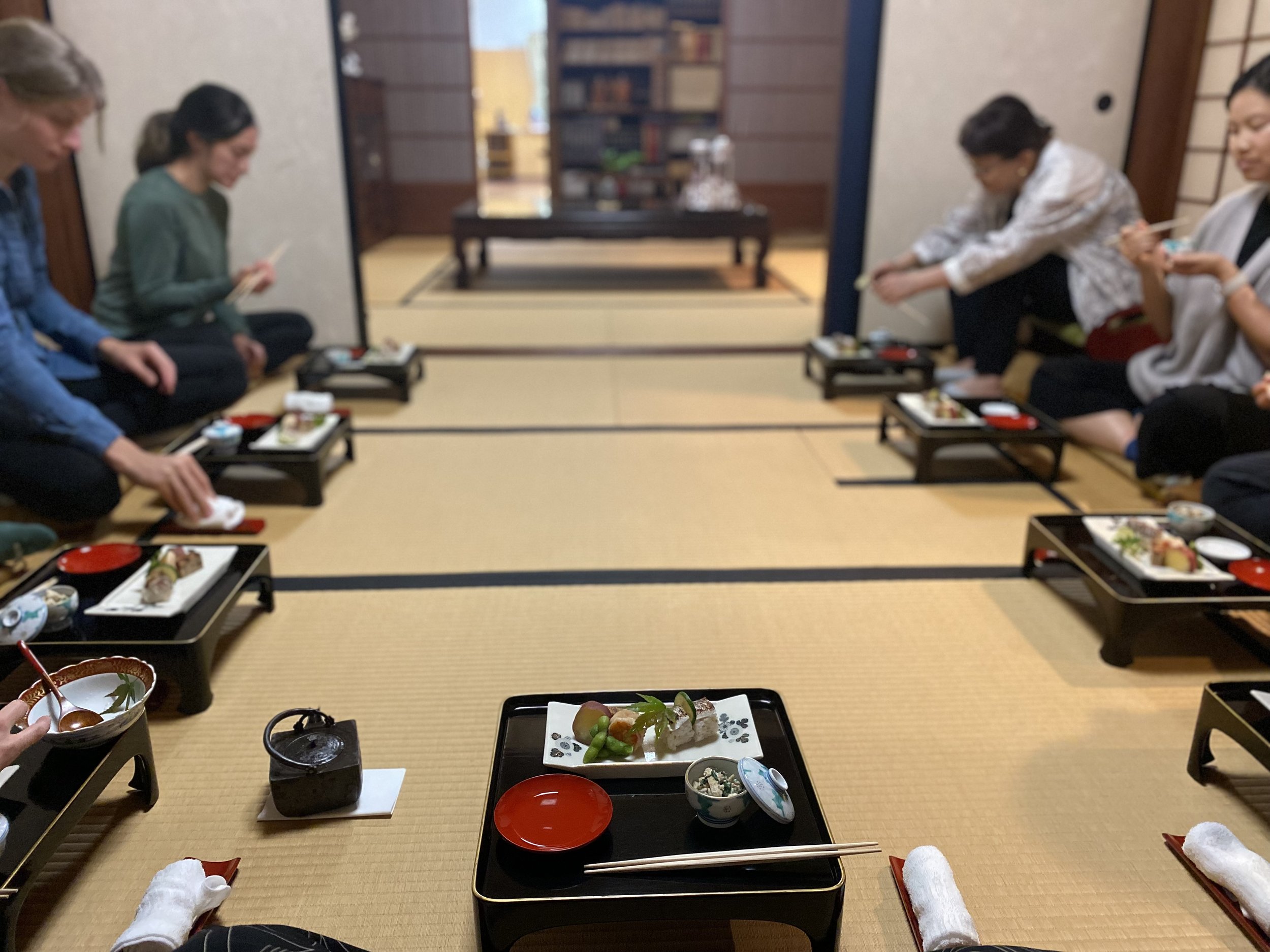Many people assume that omakase is the best – or only – way to order at a sushi restaurant, but that’s not necessarily true. The concept of leaving everything up to the chef has gained popularity in the past decade, especially with the rise of online restaurant reviews and social media hype. However, before the internet era, people typically stuck to one or two favorite sushi spots in their neighborhood. Unless it was for a special occasion or a trusted recommendation, they rarely ventured out to try new sushi restaurants—let alone traveled far for one.
With instant access to restaurant reviews, menu photos, and pricing, seeking out high-end or remote sushi spots has become a modern pastime. But before smartphones and online ratings, people relied on word-of-mouth referrals before stepping into a new place. Dining out was more about loyalty—returning to familiar local restaurants rather than exploring new ones.
Unlike today, where sushi can be a casual meal, previous generations in Japan saw sushi as a special occasion meal, often tied to festivals or family gatherings. When I was growing up, my parents—born in the 1950s—did not go out for sushi every week. Even in corporate settings, only top executives could regularly enjoy sushi on company accounts.
When they did go, they sat at the counter, observing the neta (fish display), and ordered piece by piece or asked the chef for recommendations. If they were drinking, they started with sashimi, only moving on to sushi after finishing their drinks. The meal ended with soup, followed by seasonal fruit. My childhood sushi memories involve sitting at the counter next to my parents, simply ordering what I wanted to eat. (But we were not allowed to order uni! because it was too pricy.)
While omakase offers a structured and refined experience, I personally start with the lunch prix fixe when trying a new restaurant. If I like it, then I’ll try the omakase for dinner. Some sushi restaurants offer a few price points, while others have only one fixed price, making it a risky commitment, especially for tourists.
I once visited a Michelin-starred sushi restaurant in Tokyo with a friend who wanted to try it. We both ordered their omakase; the first piece served was a hand roll, which caught me off guard. Hand rolls contain more rice than nigiri, making them overly filling early in the meal—so I usually order them at the very end. By the time I reached the supposed highlight—three different cuts of tuna—I was almost full. I wasn’t alone—a family of three (who were not Japanese) left halfway through the meal. I pushed myself to finish, but in hindsight, I could have left too. If this had not been a fixed-price omakase, I could have simply ordered what I truly wanted and enjoyed it more.
As a tourist in Japan, you may want to try the best-rated sushi restaurants, regardless of price. However, keep in mind that the most popular sushi spots in Tokyo are often fully booked months in advance or only take reservations from regular customers.
If omakase feels like too big a commitment, another traditional way to order sushi is by choosing a set menu for one person. These are often ranked as:
Matsu (松 / Pine Tree) – The highest-priced set, featuring premium sushi pieces such as fatty tuna
Také (竹 / Bamboo) – A mid-tier option
Umé (梅 / Plum Tree) – A more affordable selection
These pre-set platters are typically served in a stackable round sushi container, making them a great entry point at a local sushi restaurant that doesn’t offer omakase. You can always add one or two extra pieces of sushi after trying the set!
If you’re planning a sushi experience in Japan, don’t feel pressured to go only to the most famous or expensive places. There are many fantastic mid-tier sushi restaurants where you can choose from different price points, ensuring an authentic and enjoyable meal without breaking the bank.
The best sushi experience is ultimately the one that suits your personal style. For my culinary tours, I often opt for omakase to ensure a smooth dining experience—but of course, I’ve already been to the restaurant and fully trust the chef and their style.
However, when dining with family or close friends, we order piece by piece, enjoying the meal at our own pace.
So, do you trust the chef you haven’t met yet and go for omakase, or do you prefer to order what you love? Hopefully, you’ll explore different styles of sushi in Japan—even if that means trying a popular kaiten-sushi revolving sushi restaurant as well!
If you haven't read Sushi in Tokyo, but not in Kyoto, I highly recommend it before planning your sushi dinner!
Copyright © 2025 Yoko Isaji. All Rights Reserved.






